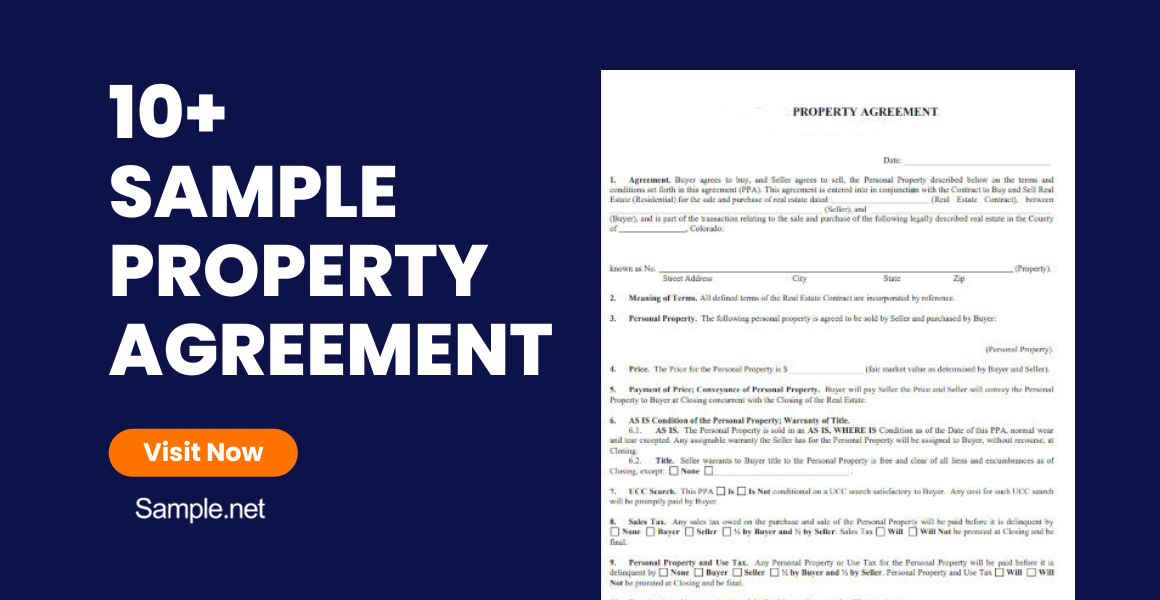Welcome to the pinnacle of property transaction efficiency! Our Property Sample Agreement document is your key to navigating the intricacies of real estate with ease. Tailored for the United…
continue reading
50+ Sample Data Sharing Agreements
-
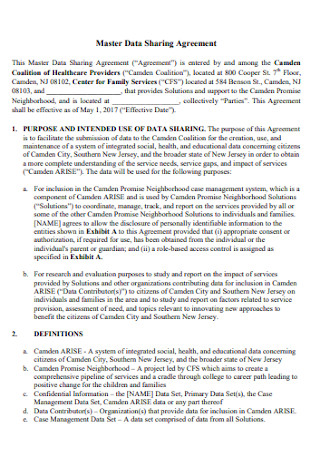
Master Data Sharing Agreement
download now -
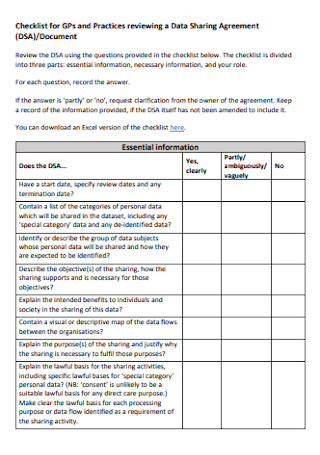
Data Sharing Agreement Checklist
download now -
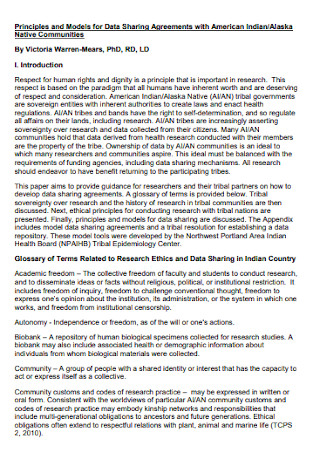
Models for Data Sharing Agreement
download now -

Customer Personal Data Sharing Agreement
download now -
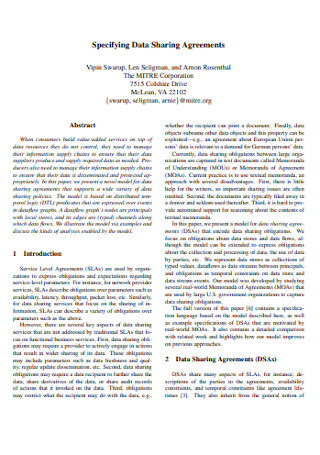
Specifying Data Sharing Agreements
download now -

Data Export and Sharing Agreement
download now -
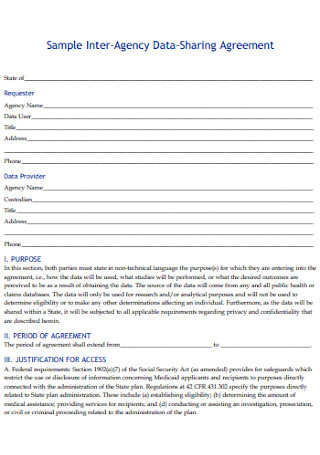
Sample Inter-Agency Data-Sharing Agreement
download now -
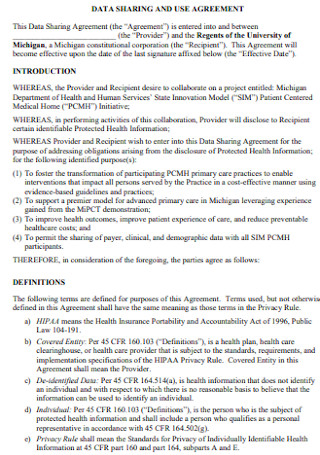
Data Sharing and Use Agreement
download now -
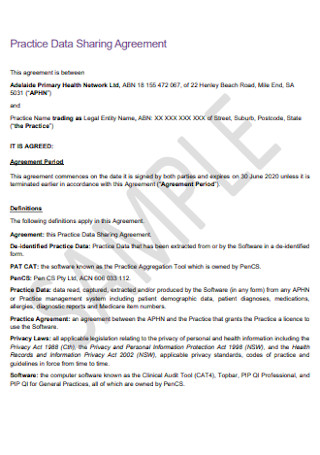
Practice Data Sharing Agreement
download now -

Student Data Sharing Agreement
download now -
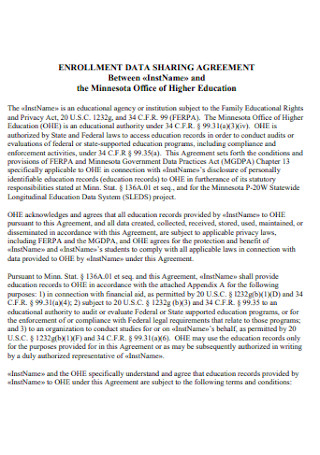
Enrollment Data Sharing Agreement
download now -
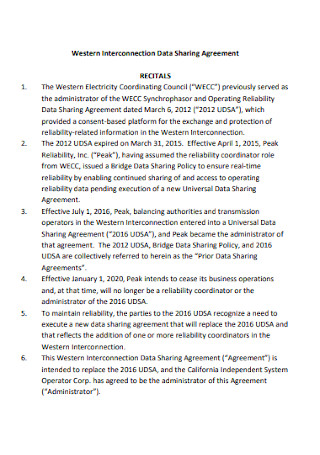
Interconnection Data Sharing Agreement
download now -
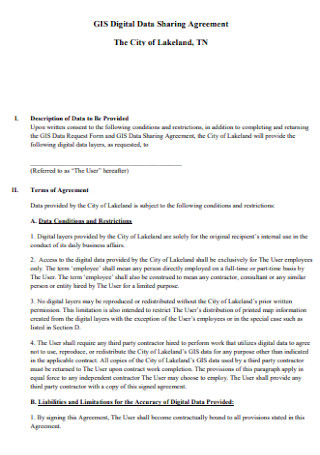
Digital Data Sharing Agreement
download now -
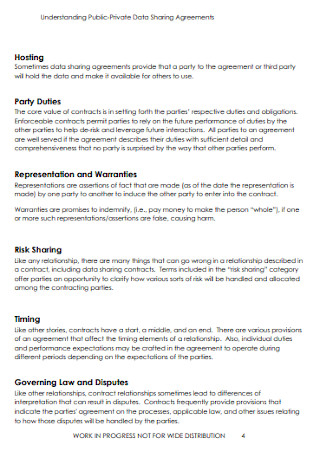
Public-Private Data Sharing Agreements
download now -

Data Sharing Agreement Content
download now -
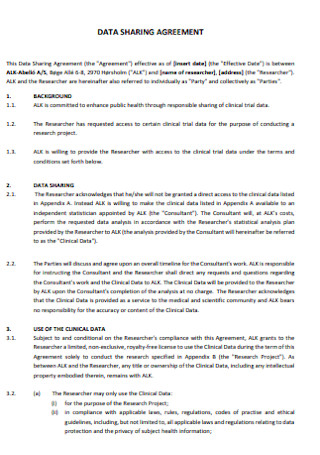
Simple Data Sharing Agreement
download now -
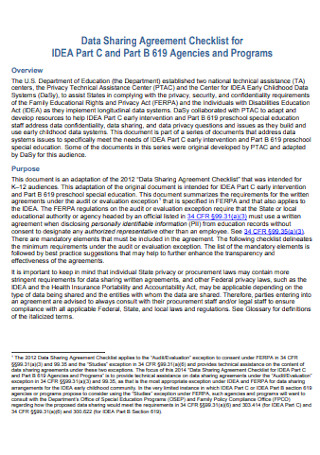
Program Data Sharing Agreement
download now -
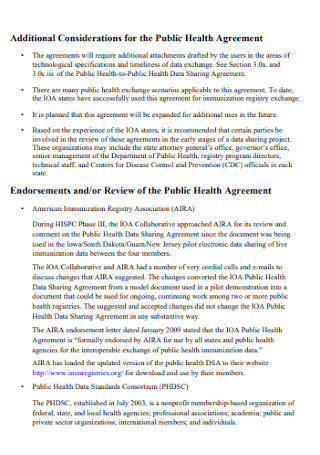
Public Health Data Sharing Agreement
download now -

Agency Data Sharing Agreement
download now -
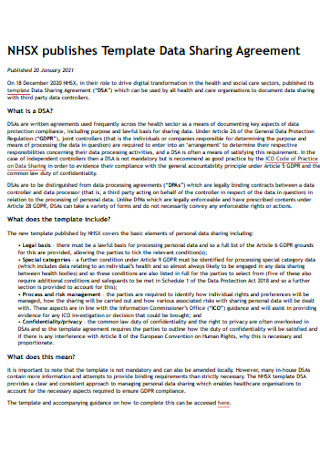
Data Publisher Sharing Agreement
download now -
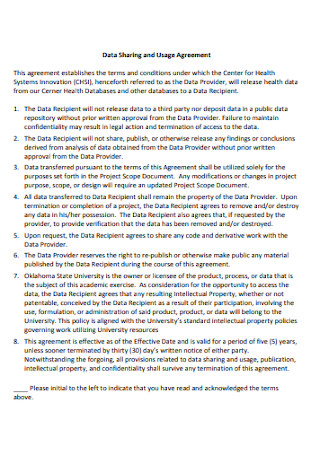
Data Sharing and Usage Agreement
download now -
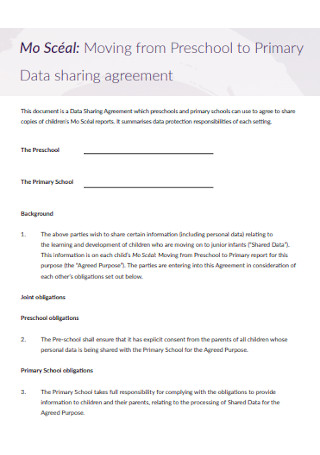
Preschool Data Sharing Agreement
download now -
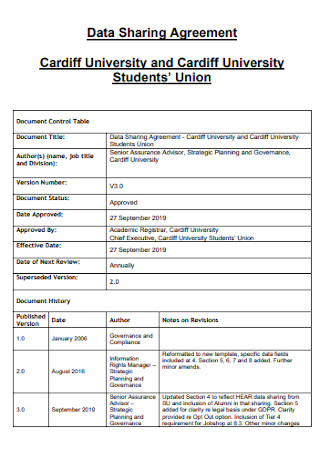
University Data Sharing Agreement
download now -
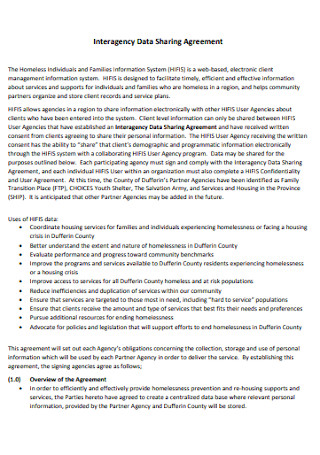
Interagency Data Sharing Agreement
download now -

Intergovernmental Data Sharing Agreement
download now -
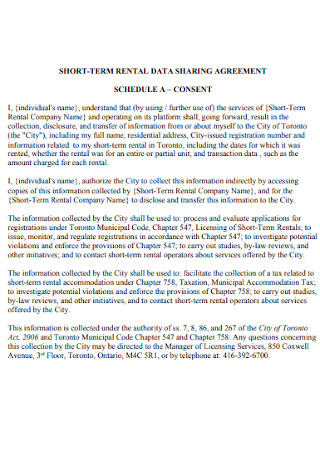
Short Term Rental Data Sharing Agreement
download now -
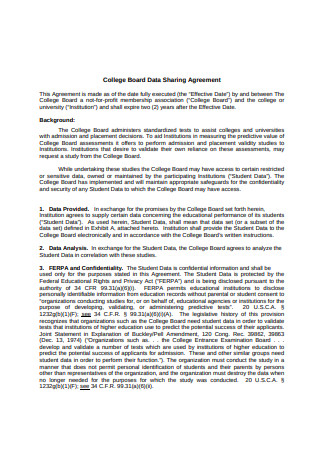
College Data Sharing Agreement
download now -
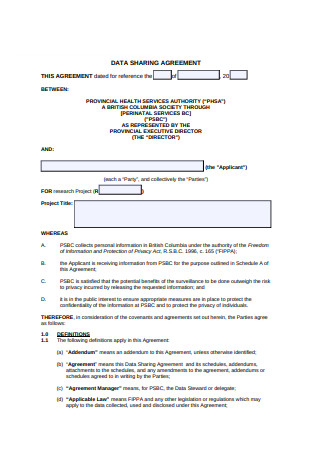
Data Sharing Agreement Format
download now -
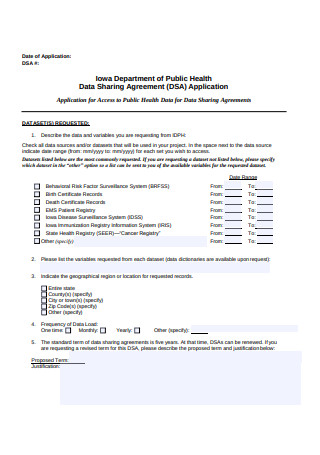
Data Sharing Agreement Application Form
download now -
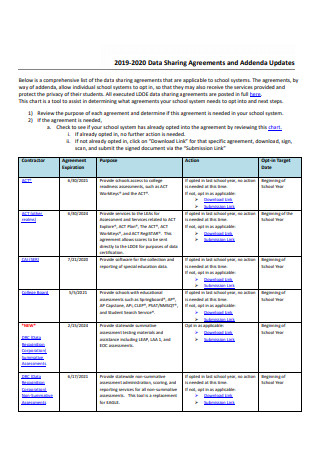
Simple Data Sharing Agreement
download now -
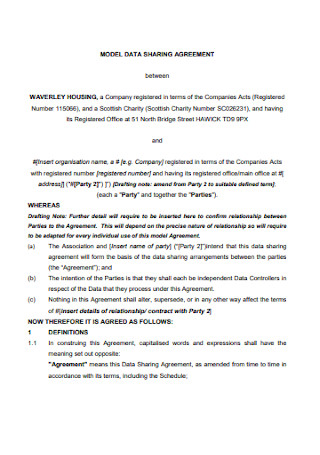
Sample Model Data Sharing Agreement
download now -
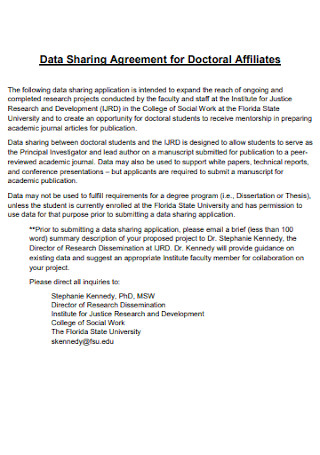
Data Sharing Agreement for Doctoral Affiliates
download now -
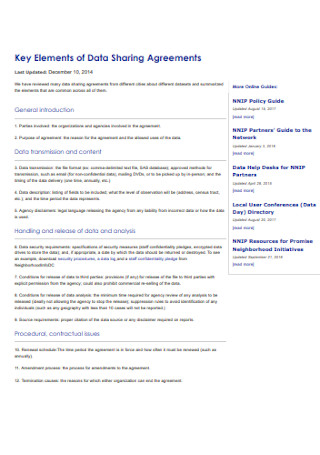
Key Elements of Data Sharing Agreements
download now -
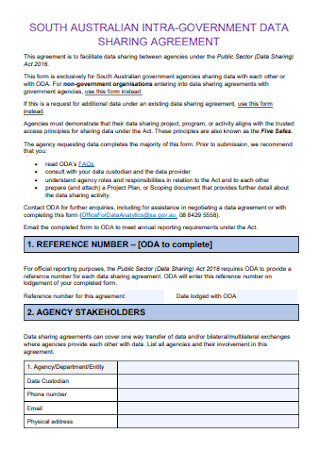
Intra Government Data Sharing Agreement
download now -
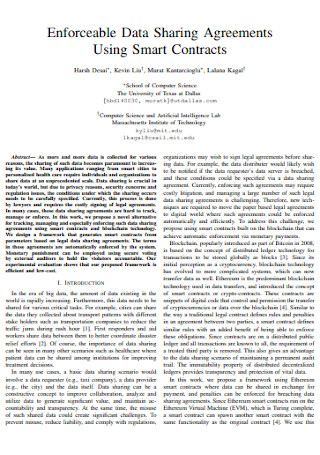
Enforceable Data Sharing Agreements
download now -
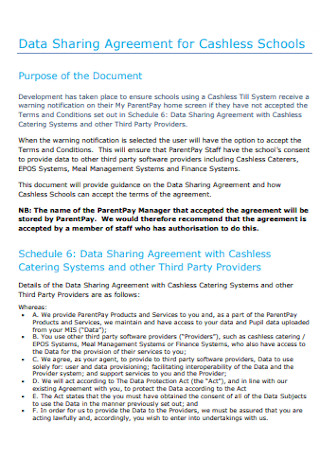
Data Sharing Agreement for Cashless Schools
download now -
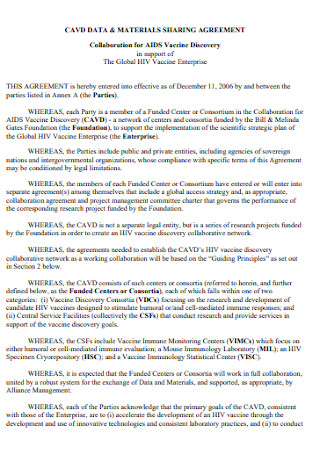
Data Materials Sharing Agreement
download now -
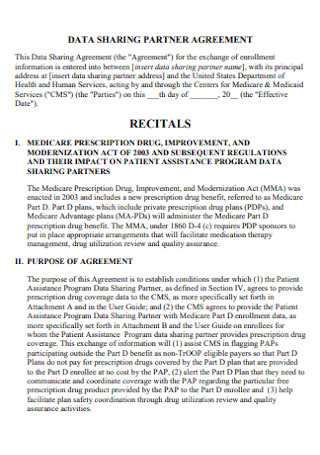
Data Sharing Partner Agreement
download now -
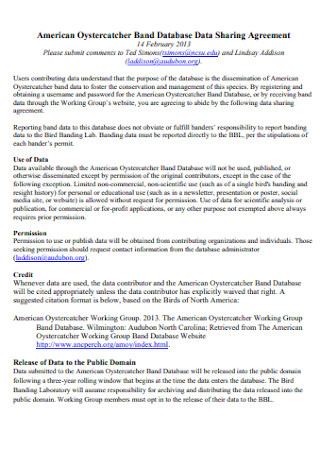
Band Database Data Sharing Agreement
download now -
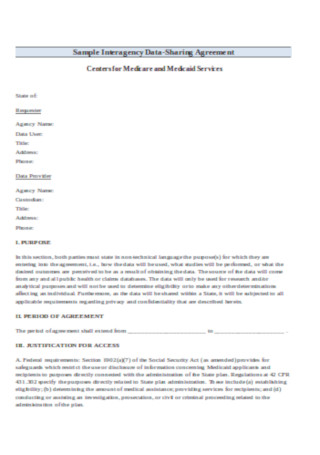
Interagency Data Sharing Agreement
download now -
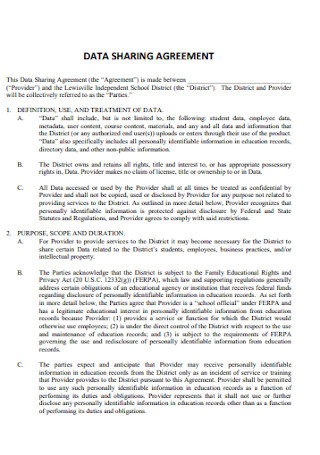
Standard Data Sharing Agreement
download now -
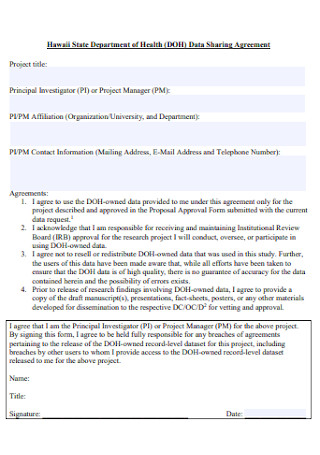
Health Data Sharing Agreement
download now -
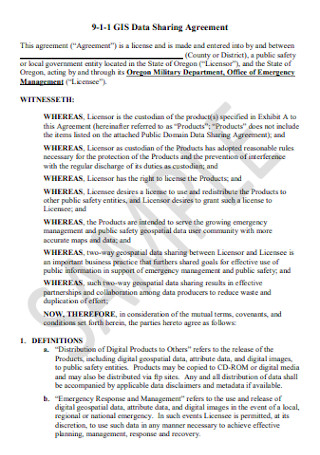
GIS Data Sharing Agreement
download now -
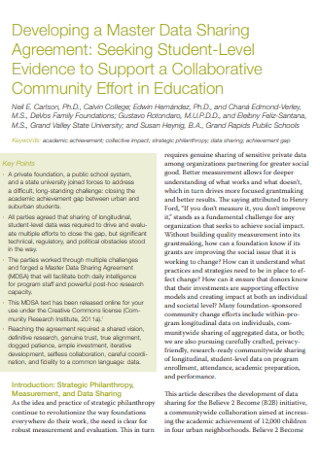
Master Data Sharing Agreement Template
download now -
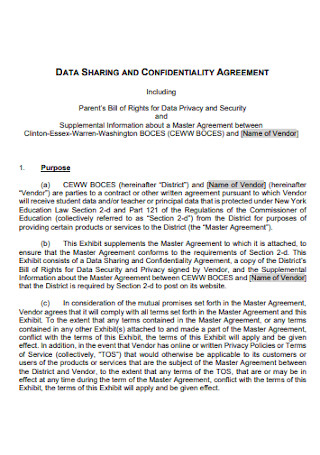
Data Sharing Confidentiality Agreement
download now -
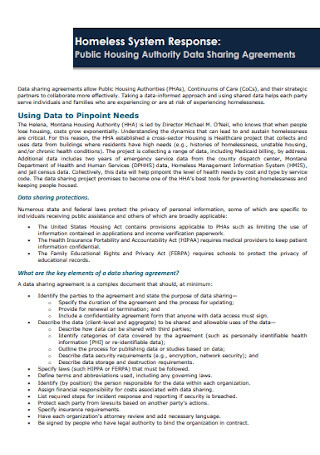
Housing Authority Data Sharing Agreements
download now -
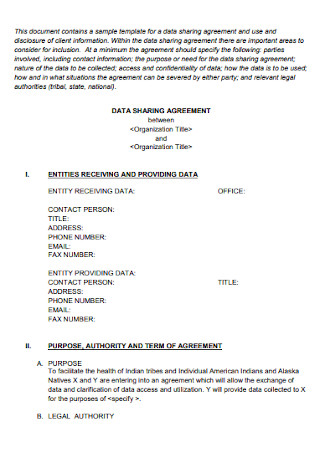
Printable Data Sharing Agreement
download now -

Database Sharing Agreement
download now -

Data Sharing Agreement for Suppliers
download now -
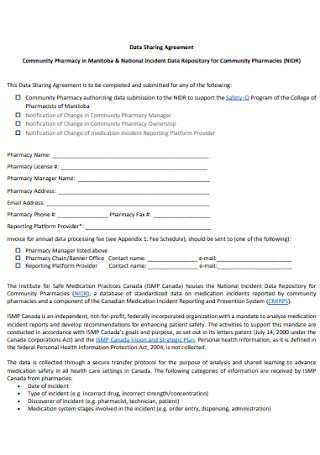
Pharmacy Data Sharing Agreement
download now -
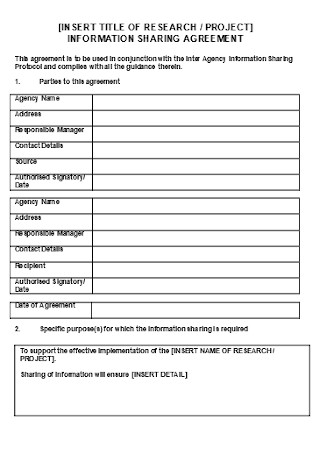
Project Data Sharing Agreement
download now
What Is a Data Sharing Agreement?
A data-sharing agreement is a legal and formal agreement that accurately documents and classifies shared data and defines its use. Data-sharing agreements serve two purposes; first, it protects the entity that provides the information with the data misuse securities. Second, it prevents instances of miscommunication between the provider and the agency responsible for acquiring knowledge by thoroughly discussing its usage. Before the data sharing process, the provider and sharer address data sharing and data use issues through in-person meetings or phone conversations. The method establishes a collaborative arrangement that will be part of the data-sharing agreement. The agreement institutes provisions relating to sharing and dissemination of information. It is also advisable to refrain from engaging in these practices seek to disclose personal or private information.
According to Statista’s statistical data regarding consumer attitudes toward sharing personal data with companies for 2020 dated April 2021, survey data shows that a majority of respondents, amounting to 38 percent of the survey population, were happy to share their data with companies if it improves the experience. Meanwhile, about 30 percent of participants did not want to release any more unnecessary information to companies.
Components of a Data Sharing Agreement
A data-sharing agreement focuses on various aspects of sharing information between two organizations, a provider and a sharer. Below, you will find general elements of a data-sharing agreement with their respective descriptions. Each data sharing agreement is unique on its own and contains some, if not all, of the components below. Researchers or data providers must identify which of the following elements goes on the agreement.
How To Develop a Data Sharing Agreement
Research with administrative data requires a strong relationship between the research team and the agency overseeing the information. The guide below allows you to maintain productive research arrangements with a state agency.
Step 1: Identify necessary data to answer research questions
The initial step to writing a data-sharing agreement is to identify the data elements to satisfy research questions. The information resides on various databases, and it is wise to develop a list of required data elements to secure its location. On the occasion of merging data sets, the parties must identify who initiates merging and how the merger happens. Consult with agency staff that has previous experience with data retrieval and data collection.
Step 2: Distinguish Organizations Overseeing, Managing, and Owning Data
Researchers must identify which agency or organization holds and who manages the data elements to answer research questions. When multiple organizations hold the necessary information, take note of the various requirements for securing data sets. If required data are within local agencies, the lead researcher must construct multiple data-sharing agreements for these organizations.
Step 3: Indicate Individuals Responsible for Developing, Reviewing, and Approving the Data Sharing Agreement
Researchers and agency staff work to develop, review its content, sign and approve the agreement. If the agency has a legal staff that can help identify the components for writing the draft, including identifying and addressing legal concerns and provisions. Researchers and agency staff must develop a clear timeline to create and execute the agreement.
Step 4: Develop a Draft of the Data Sharing Agreement
Start with an existing data-sharing agreement template. If the state agency holding the data elements have a template, follow it and the procedures coming from the agency. If no template exists, work with the state agency in drafting the data-sharing agreement. It helps to make references from data-sharing agreements from individuals with experience. Consulting with the legal department daily to identify and resolve issues is also helpful. Remember to review federal policies concerning administrative data use.
Step 5: Share Copies of the Draft Agreement
After developing the first draft of the data-sharing agreement, the respective entities from both organizations must review its content. If questions and concerns arise, the researchers and agency must implement revisions to the agreement as necessary. If there are issues that need resolution, schedule a meeting to discuss these concerns.
Step 6: Finalize the Agreement and Obtain Signatures for Approval
After settling all issues, concerns, and revisions, authorized representatives from each organization, the provider and receiver of information, must sign the agreement.
FAQs
Is a data-sharing agreement a legally binding document?
While some organizations prefer legally binding agreements for limited liabilities and indemnification responsibilities, data-sharing agreements are not required to be legally binding documents, so long as security requirements for data use, protection, and confidentiality provisions are met.
When can you share information without consent?
Organizations do not always need consent to acquire personal information. It can only be done if and when organizations have valid reasons for utilizing the data. These reasons are under the law and are known to be the lawful basis. There are six lawful bases under the law, including consent, contract, legal obligation, vital interests, public task, and legitimate interests.
What are the benefits of data sharing?
Data sharing makes information available upon request. However, data sharing effectively gives various benefits, including improved discoverability, citability, and stability for researchers and students alike.
Data sharing in its entirety is a long and critical process. Researchers must recognize the need to establish a trusting relationship with organizations providing the data elements they need for a study. They must also plan efficiently and effectively by creating lists, citing research questions, and consulting with an expert during the process of drafting the agreement. As much as possible, if the agency provides a template, utilize it to the best of your ability while following the procedures and provisions set by the data provider. For your reference, the article above contains more than 50 data-sharing agreement samples for use and download.
